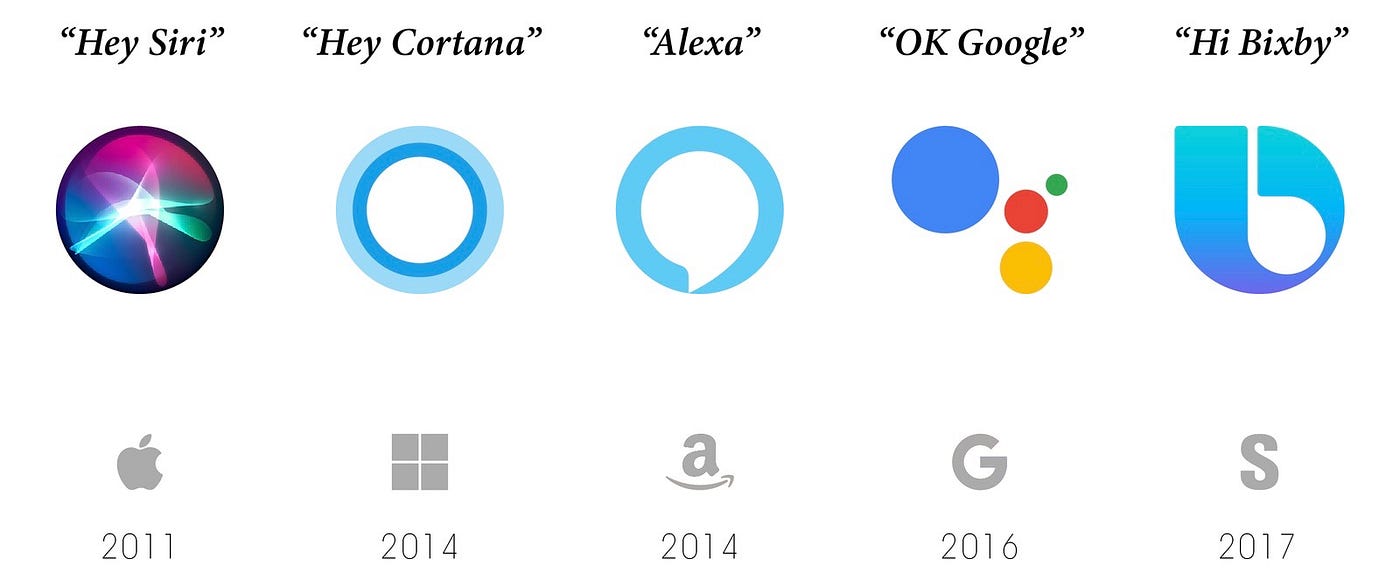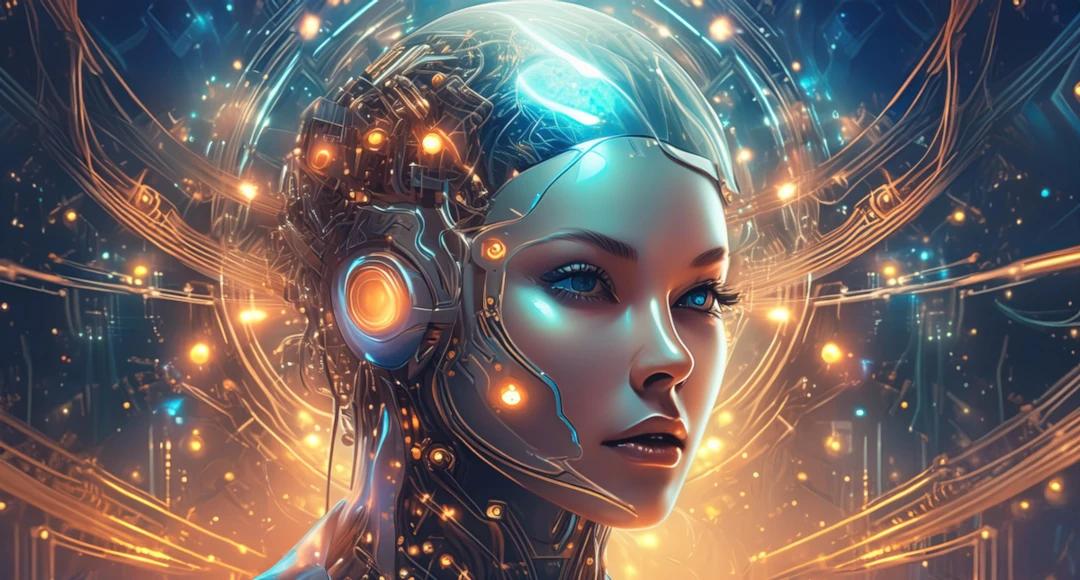Artificial Intelligence (AI) is not something that appeared out of nowhere. This technology has a long history that began when humans first thought about creating machines that could think and learn like humans. The idea of AI dates back to ancient Greece, though it was only in the 20th century that the technology began to rapidly develop. Over time, AI has evolved through various stages, from ANI (Artificial Narrow Intelligence), to AGI (Artificial General Intelligence), and is steadily progressing towards ASI (Artificial Superintelligence). These ANI AGI ASI levels represent the different stages in AI’s growth, each marking a significant leap forward in the ability of machines to think, learn, and perform tasks.
A Brief History of AI Development
The Early Thoughts on AI

The dream of creating intelligent machines first appeared in mythology and ancient stories. In Greek mythology, there is a tale of Talos, a giant robot who protected the island of Crete, reflecting the human desire to create something that possessed both strength and intelligence. However, the real AI journey began only in the 20th century.
The Early Pioneer of AI: Alan Turing
Alan Turing, an English mathematician, is often referred to as the father of AI. In 1936, Turing introduced the Turing Machine, a fundamental concept in modern computation that laid the foundation for all current computer and AI technologies. In 1950, Turing also posed the famous question known as the Turing Test—a test designed to determine if a machine could think and behave like a human.
Turing introduced the idea that a machine could “think” if it could mimic human responses in conversation. This idea became the basis for AI development, focusing on programming machines to think like humans.
The Early Development in the 1950s and 1960s

In 1956, a conference at Dartmouth College organized by John McCarthy, Marvin Minsky, Nathaniel Rochester, and Claude Shannon marked an important milestone in the world of AI. The conference introduced the term Artificial Intelligence and became the starting point for serious AI research. It was here that many of the first ideas about machine learning and problem-solving in AI were developed.
AI Levels: From ANI to ASI
As time passed, AI rapidly advanced in terms of thinking capacity and learning ability. Let’s dive deeper into the different ANI AGI ASI levels of AI, starting from ANI (Artificial Narrow Intelligence) to ASI (Artificial Superintelligence), which are steadily approaching human-level intelligence.
ANI: Artificial Narrow Intelligence
The Specialist: Focused and Smart in One Task

ANI is the most common form of AI we encounter today. ANI can only perform one task very well but cannot do anything else. For example, facial recognition AI that can accurately identify someone’s face or AI in map applications that provides the best route based on traffic data.
Real-life examples of ANI we use daily:
-
Siri, Alexa, or Google Assistant: Can answer questions about the weather, set alarms, or play music. But if you ask them to write an essay or discuss philosophy, they’d be confused.
-
AI in Medical Diagnosis: There are AI systems that can diagnose cancer from medical images (X-rays, MRIs, etc.) with greater accuracy than human doctors. But this AI cannot perform surgeries or listen to patients’ complaints.
Advantages of ANI:
-
Efficient and accurate at a specific task
-
Useful for repetitive tasks that require consistency
Disadvantages of ANI:
-
Not flexible—can only perform one task well
AGI: Artificial General Intelligence
The Genius: Can Do Anything Like Humans

AGI is the level of artificial intelligence that is highly flexible and capable of performing various tasks that humans can do. With AGI, machines can learn from experience and apply that knowledge across different contexts. AGI is not limited to one ability or task but can adapt and think more generally like a human.
Example of AGI?
We’re still in the theory phase. There is no real AGI example yet, but imagine if someday AI could:
-
Be an expert in literature, computer science, philosophy, and medicine at the same time.
-
Handle complex problems involving many variables, without relying on pre-existing data.
Advantages of AGI:
-
Can perform tasks across multiple fields
-
Adaptable—can learn and solve new problems more easily
Disadvantages of AGI:
-
Still theoretical—hasn’t been realized yet, and there are many challenges to achieving it
ASI: Artificial Superintelligence
The Super Genius: Smarter Than Humans

ASI is the highest level in the AI hierarchy, where machines are not just as intelligent as humans but far more intelligent. Machines with ASI can perform things that humans can’t even imagine, such as solving problems that we’ve never thought of before. It’s like having Optimus Prime and Jarvis in real life, but even smarter.
What ASI can do:
-
Create new theories in physics that revolutionize our understanding of the universe.
-
Tackle global issues, like climate change or resource distribution, far more effectively than humans.
-
Be more creative in art and innovation than human artists.
Advantages of ASI:
-
Extraordinary ability to solve complex problems
-
Limitless innovation, able to create things humans can’t imagine
Disadvantages of ASI:
-
Risk of losing control: With intelligence greater than humans, ASI may become difficult to control and could pose risks if its goals are not carefully monitored.
Key Figures in AI Development
AI wouldn’t have evolved so quickly without the contributions of key figures who changed the way we think about this technology. Here are some of the important people in AI history:
Alan Turing
As mentioned, Alan Turing is a pioneer in computation and artificial intelligence. Besides creating the Turing Machine concept, Turing also contributed significantly to cryptography, helping win World War II. His Turing Test became a guide to understanding how we assess a machine’s “intelligence.”
John McCarthy
John McCarthy was a computer scientist who developed the LISP programming language, which became widely used in AI research. McCarthy also coined the term “Artificial Intelligence” and introduced many foundational concepts in modern AI.
Marvin Minsky
Marvin Minsky was one of the founders of MIT’s Artificial Intelligence Laboratory and an expert in AI. Minsky wrote extensively on machine programming and learning, as well as human cognitive models that could be applied to machines.
Geoffrey Hinton, Yann LeCun, and Yoshua Bengio
These three scientists are pioneers in deep learning and neural networks. Their contributions were crucial to the AI revolution, as their work on deep learning algorithms enabled machines to learn from big data and become much smarter.
Challenges and the Future of AI
Despite the rapid growth of AI, there are many challenges that need to be addressed:
-
Ethics and Security: AI must be designed with safety and ethics in mind to prevent misuse.
-
Social Impact: AI could change the job market and even social relationships. This technology should be used to enhance lives, not harm them.
-
Invisible AI: Many AI applications work behind the scenes, but are we aware of how much control we’re giving to AI in our lives?
Conclusion: The Promising Future of AI
Artificial Intelligence is not only transforming the world of technology but also opening up new possibilities in science, medicine, business, and nearly every aspect of human life. As we advance through the ANI AGI ASI levels, we are witnessing a dramatic shift in the capabilities of AI, from narrow, task-specific intelligence (ANI) to the potential of machines that can think and learn like humans (AGI), and ultimately to a stage where AI could surpass human intelligence (ASI). While there are still significant challenges to overcome, the future of AI is incredibly promising. The key will be how we manage and develop this technology responsibly.
If AI ever reaches AGI or even ASI, humanity will face a big question: How can we coexist with this incredibly advanced intelligence?
By understanding the ANI AGI ASI levels and the history behind AI’s development, we can be better prepared for an era where humans and machines work together. So, brace yourselves—things are about to get even more exciting!
Interested in more fascinating landscapes? Check out the Zhangye Danxia Mountains in China!
If you’re into stunning natural formations and want to explore more wonders, make sure to read our article on the Zhangye Danxia Mountains in China for an incredible journey through one of the world’s most colorful and unique landscapes!
